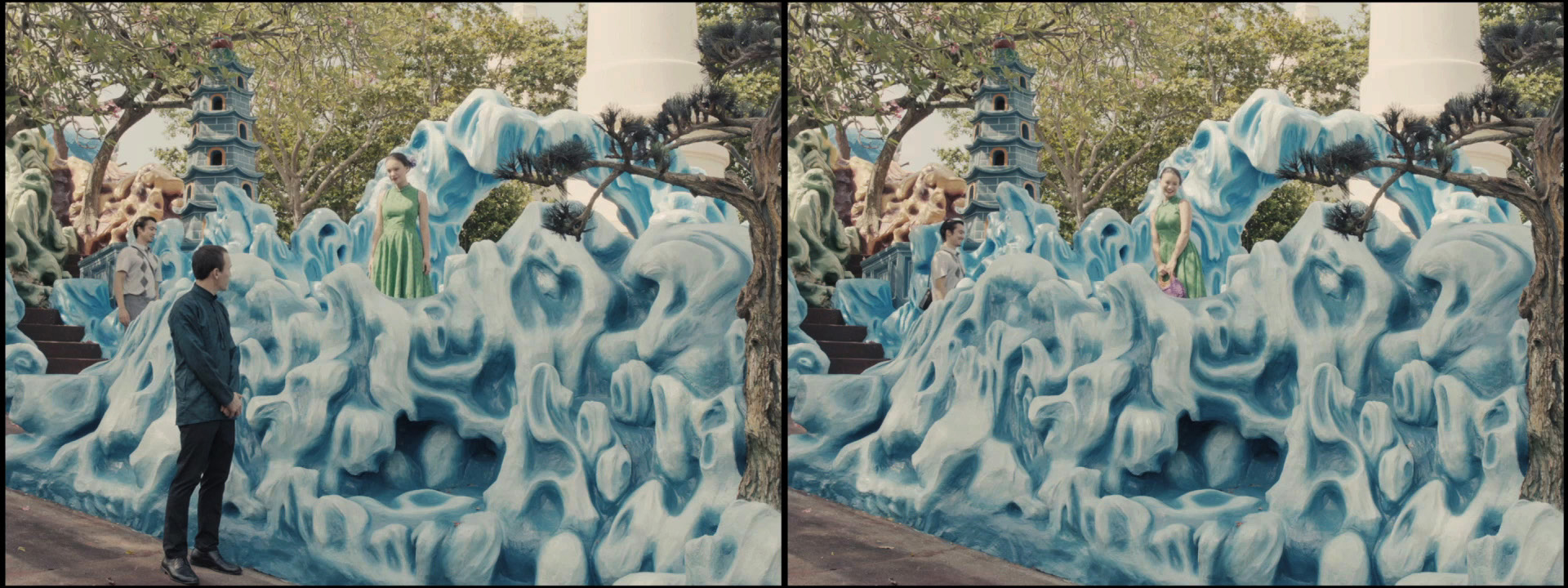“Venomenon: an immersive video installation to evoke counterfactual thoughts” presented by Reinhuber
Symposium:
- ISEA2016: 22nd International Symposium on Electronic Art
-
More presentations from ISEA2016:


Session Title:
- Databases, Interactive Narratives
Presentation Title:
- Venomenon: an immersive video installation to evoke counterfactual thoughts
Presenter(s):
Abstract:
\What if key moments in popular mythological tales had a different outcome? According to the legend of Orpheus, he turned his head despite the impediment not to do so – and lost his wife. This research began as a continuation of my thesis on Counterfactualism and my recent work for a ballet production on Orpheus and Eurydice, applying scientific imaging such as thermography. The audience is invited to become protagonists in an immersive environment and to question the different outcomes of the decisive situation with the aid of layers of various imaging technologies.
According to the tale, as Orpheus has been the first human being who visited the underworld and returned alive to the here and now, particular attention is drawn to the display of life-supporting imaging technologies, which merely provide a concept of the physical conditions, but never on a mental or psychological level. Therefore the presentation consists of several layers, including spatial audio and augmented reality, each of them revealing a different aspect on the situation. At the same time, the display modes force the spectators to turn their heads around and by doing so, being in the same situation as the protagonist of the ancient Greek myth.
With my work in progress, I am responding to the topic of disruption with an aesthetic and narrative challenge for media art. The inflationary ‘capture-all’ approach of our everyday life demands to rethink strategies and behaviours. Not only in the range of our perception happens this sensory overload, but far beyond.
What will come about next? Which kind of data is not already collected and visualised for general use? With the help of scientific imaging all those still invisible layers of our world can be accessed and as well assessed. But soon, more and more of these technologies will become commonplace and used presumably in the most trivial manner. But, how can we actually value these images? With scientific imaging technologies, it is possible to capture a wide range of details, usually invisible for the human eye. Though, they do not reveal anything about emotions. In this regard, figurative paintings still provide or simulate a better insight into the emotional state per se. In my work, multiple layers of the projected video will reveal different insights into the situation.
Fairy-tales, fables and sagas belong to the foundations of our narrative culture – in current movies, the epic television series of today or contemporary video games, vestiges of the antique mythologies are always recognisable. Since the narrative concepts of ancient myths are still valid nowadays, we can query the topics. As explored in my practice based PhD in media arts, the tradition of storytelling and narrative structures experiences a transition, most likely as a consequence of video gaming. Although, this is not genuinely new, well established for instance in the traditions of Arabic storytelling techniques, with its most obvious example of the ’Arabian nights‘. My multi-layered video-installation reacts to the mobile spectator in the projection space and provides fragmented insights with different imaging techniques.
Project Website:
Video:
-
A Glimpse on Venomenon from eer on Vimeo.






